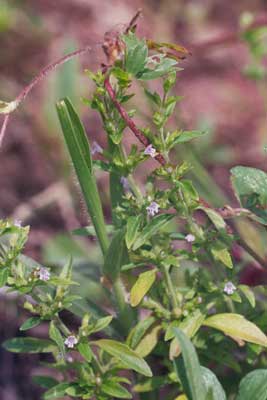An herbal extract oil or tea derived from the leaves and flowering tops of the plant. This supplement is used in folklore medicine to induce abortion and menses and to treat inflammatory conditions, chronic bronchitis, minor ailments and colic in infants. Small amounts of the oil are approved by the Food and Drug Administration for use as a flavoring agent. Pennyroyal oil contains several monoterpenes, principally pulegone, which has known toxic effects on the liver and lungs. Oxidative metabolites of pugelone, such as menthofuran, are oxidized further by cytochrome P450 to reactive intermediates that form adducts with cellular proteins and cause organ damage. Ingestion of pennyroyal oil in adults or tea in children causes severe toxicity ), including hepatic failure, acute renal failure, coagulopathies, metabolic acidosis, GI hemorrhage, pulmonary congestion with consolidation, cerebral edema, seizures, disseminated intravascular coagulation, and death. This is a dangerous herb and should not be used
Other common names.—Pennyroyal, mock pennyroyal, squaw mint, tickweed, stinking balm, mosquito plant.
Habitat and range.—American pennyroyal is found in dry soil from Nova Scotia and Quebec to the Dakotas and southward.
Description.—This strongly aromatic herb is of rather insignificant appearance, being a low-growing plant from 6 inches to a foot in height with a slender erect much-branched, somewhat hairy and square stem. The leaves are small, thin, and rather narrow. From July to September close flower clusters appear consisting of a few pale-bluish flowers. The entire herb has a strong mintlike odor and pungent taste.
Part used.—The leaves and flowering tops are collected when the plant is in flower. The distillation of oil of pennyroyal is a limited industry carried on in scattered sections in the eastern part of the country.
See MedlinePlus for more information on possible side effects from using an herbal extract of this plant
 American False Pennyroyal
American False Pennyroyal